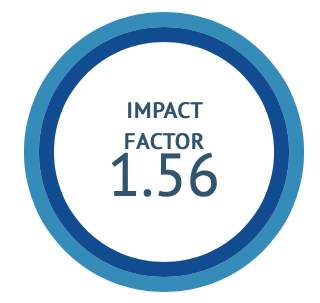Clinical efficacy of haridra in prameha purvaroop w.s.r. to prediabetes
DOI:
https://doi.org/10.47552/ijam.v14i1.3281Keywords:
Prediabetes, Diabetes, Prevention, Prameha purvaroop, HaridraAbstract
Diabetes is a non-communicable disease which is attaining increasing importance among the adult population in both developed and developing countries. Pre-diabetes is a precursor condition for type 2 Diabetes mellitus. Although in many cases it is reversible, Pre-diabetes frequently remains undiagnosed and therefore risk of developing type 2 Diabetes Mellitus is increased. Lifestyle modification is more effective mode of preventing diabetes and reduction of 40%-70% with pre-diabetes. While there is increasing evidence to prove the efficacy of pharmacotherapy in prevention of diabetes in adults with pre-diabetes, pharmaceutical treatment options other than metformin are associated with adverse effects that limit their use for pre-diabetes. It is considered to be an at risk state, with high chances of developing diabetes. While, pre-diabetes is commonly an asymptomatic condition, there is always presence of pre-diabetes before the onset of diabetes. This aim of this study is to describe the challenges associated with diagnosis of pre-diabetes, the possible adverse medical outcomes associated with pre-diabetes and the treatment options and rationale for their use in context of pre-diabetes. This research topic is selected for prevention of type 2 Diabetes Mellitus by identification of high risk subjects and early dietary intervention in the form of Haridra. Therefore, an attempt has been made to study the clinical efficacy of Haridra In Prameha Purvaroop W.S.R. To Prediabetes.
Downloads
Published
How to Cite
Issue
Section
License
Copyright (c) 2023 International Journal of Ayurvedic Medicine

This work is licensed under a Creative Commons Attribution 4.0 International License.
The author hereby transfers, assigns, or conveys all copyright ownership to the International Journal of Ayurvedic Medicine (IJAM). By this transfer, the article becomes the property of the IJAM and may not be published elsewhere without written permission from the IJAM.
This transfer of copyright also implies transfer of rights for printed, electronic, microfilm, and facsimile publication. No royalty or other monetary compensation will be received for transferring the copyright of the article to the IJAM.
The IJAM, in turn, grants each author the right to republish the article in any book for which he or she is the author or editor, without paying royalties to the IJAM, subject to the express conditions that (a) the author notify IJAM in advance in writing of this republication and (b) a credit line attributes the original publication to IJAM.




